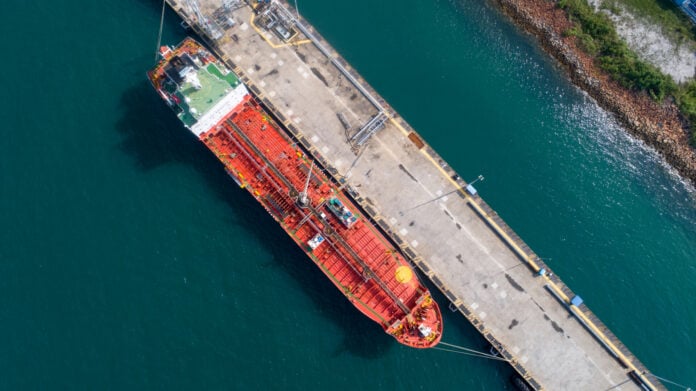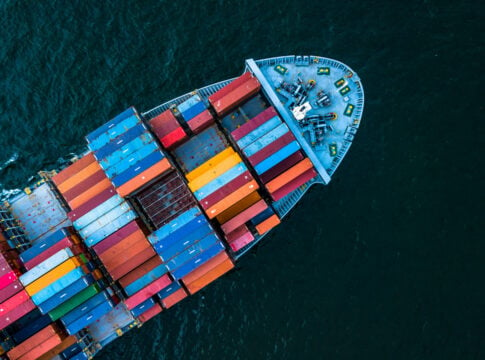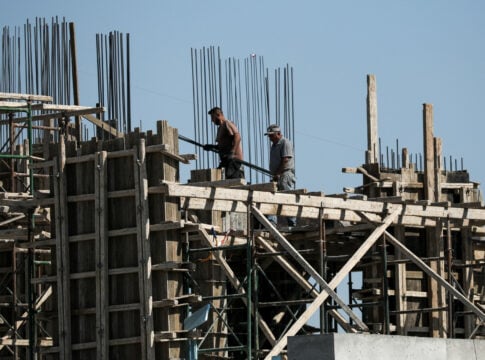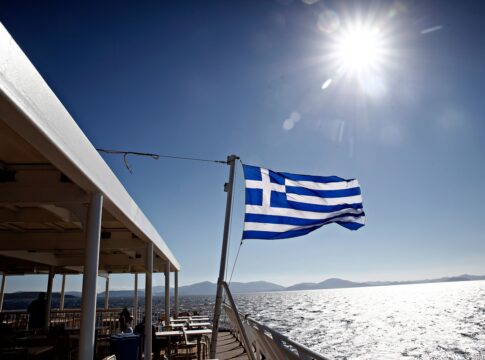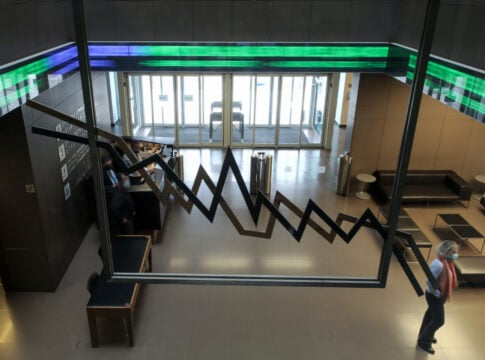The VLCC market seems to be entering a strong upward cycle, as environmental regulations and geopolitical conditions will lead to lower speeds and, by extension, limited tonnage supply.
“The real growth of the tanker fleet is estimated to be lower than the nominal growth, mainly in the larger ship sizes,” Tamara Apostolou, senior analyst in the Research Department of BRS Shipbrokers, reported to “Naftemporiki”.
Looking in particular at super-tankers (VLCCs, with a capacity of around 300,000 dwt), she noted that supply conditions look more favorable due to a number of factors that will contribute positively to the already small nominal growth of 0.5% for 2024 – the lowest among all sizes of tankers.
According to Apostolou, the actual growth of the VLCC fleet will likely be even lower than the numbers show (maybe even fall into negative territory), as a reduction in speeds is expected for two reasons.
The first relates to the impact of the full implementation of the International Maritime Organization’s Carbon Intensity Index (CII). This indicator includes an increasingly strict annual energy efficiency improvement program based on operational CO2 intensity. Ships are rated from A to E, with A, B and C ratings being acceptable.
Secondly, the analyst explained that greater use of VLCCs in the Atlantic is expected, boosted by structurally more cargo shipments from the US to the EU, after the loss of Russian oil barrels – in the wake of the embargo – and higher volumes from Middle East to the countries of the European Union, leading to an increase in the cargo ships in the region.
“VLCCs are large fuel consumers and this is expected to reinforce fuel efficiency mechanisms, through speed control measures… in order to offset the inflated costs that obligations under the EU Emissions Trading System will entail (EU ETS). This will begin to be implemented gradually as of 2024,” Apostolou concluded.


